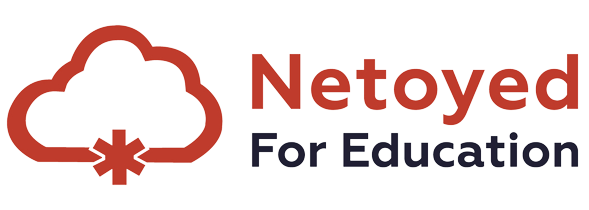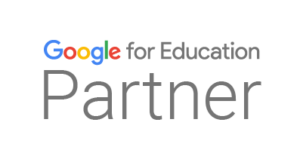In today’s digital-first world, classrooms are no longer limited to four walls, whiteboards, and heavy textbooks. But with Google Workspace for Education, schools are experiencing a transformative shift in how learning is delivered, understood, and retained. For K–12 educators and students, this suite of tools goes beyond convenience. It offers security, collaboration, creativity, and a future-ready learning experience.
As cybersecurity-conscious organizations, many schools recognize the growing concerns around data privacy and digital wellness. What makes Google Workspace for Education particularly valuable is its ability to combine innovation with safety, giving schools the best of both worlds.
Let’s explore how these tools are changing the K–12 learning landscape.
From Textbooks to Dynamic Digital Content
Traditional textbooks, while valuable, come with limitations. They can quickly become outdated, are expensive to replace, and offer limited opportunities for interactive learning. Instead, with Google Workspace for Education, schools can transition to engaging, real-time digital content that evolves with the curriculum.
Using tools like Google Docs, Google Slides, and Google Classroom, teachers can share interactive lessons, embedded videos, real-time quizzes, and collaborative assignments. Students no longer need to carry multiple books. The cloud stores everything and makes it accessible, saving time, reducing costs, and ensuring all learners can reach the content.
Moreover, digital content enables faster updates. Furthermore, When the curriculum changes or current events need to be added to a lesson, teachers update it instantly and notify students through Google Classroom or Chat.
Building Personal Learning Networks with Google Groups
Learning doesn’t stop at the end of a lesson plan. In fact, peer-to-peer learning has become a cornerstone of 21st-century education. Correspondingly, Google Groups empowers students and teachers to form Personal Learning Networks (PLNs) where ideas, resources, and questions can be shared in a safe and moderated space.
Whether it’s a project group, a subject-specific forum, or a teacher-led community, Google Groups brings everything together by enabling threaded discussions, shared files, and collaborative planning. As a result, students develop a stronger sense of responsibility and participation, while teachers can easily oversee and guide conversations, ensuring they remain respectful and constructive.
Moreover, these networks grow even more valuable in hybrid or remote learning environments, where chances for face-to-face interaction are limited. With Google Groups, meaningful discussions can continue well beyond the classroom.
The Power of Google Workspace for Education
The true strength of Google Workspace for Education lies in its interconnected ecosystem. Here’s how some of the most impactful tools are making a difference in K–12 classrooms:
- Google Classroom – Acts as a centralized hub where teachers can post assignments, give feedback, and communicate with students. It streamlines instruction and ensures that no student misses important updates.
- Google Keep – Encourages organization and time management. Students can take notes, create checklists, and set reminders for assignments. Teachers can use it for lesson planning and quick annotations.
- Google Drawings – Fosters creativity in subjects like science, art, or history. Students can create diagrams, mind maps, or visual timelines to express complex ideas more intuitively.
- Google Sites – Lets students build portfolios, showcase projects, or create resource pages. Furthermore, Teachers can also design custom websites for specific subjects or units.
- Google Chat – Provides a secure space for quick interactions. Whether it’s a student asking a question after school or a teacher coordinating with a colleague, communication remains fast and focused.
- Google Earth – Brings geography, history, and environmental science lessons to life. Students can explore real-time locations, take virtual field trips, or map out historical events.
All these tools integrate smoothly, reducing the learning curve and making technology feel less like a challenge and more like a natural part of the learning journey.
Inclusive and Future-Ready Learning
Google Workspace for Education tools are built with inclusivity in mind. With features like voice typing, translation, closed captions in Google Slides, and screen reader support, students with different learning needs can access content equitably. Teachers can differentiate instruction without requiring multiple platforms or third-party tools.
More importantly, these tools help students build digital literacy and collaboration skills that are essential for future careers. The ability to co-edit a document, manage tasks with Keep, or contribute to a shared site are no longer optional—they are foundational.
The Smarter Way to Teach
The benefits of Google Workspace for Education tools in K–12 learning go far beyond convenience. They provide a bridge between traditional instruction and the future of education. They foster creativity, improve collaboration, streamline communication, and prioritize digital safety.
In a time where innovation is critical, Google Workspace for Education offers a well-rounded, scalable, and secure solution for schools. By empowering students and educators alike, it helps build a learning environment where everyone can thrive—safely and successfully.




 1st Floor, H-31, Sector 63,
1st Floor, H-31, Sector 63,
Respect to post author, some excellent information .